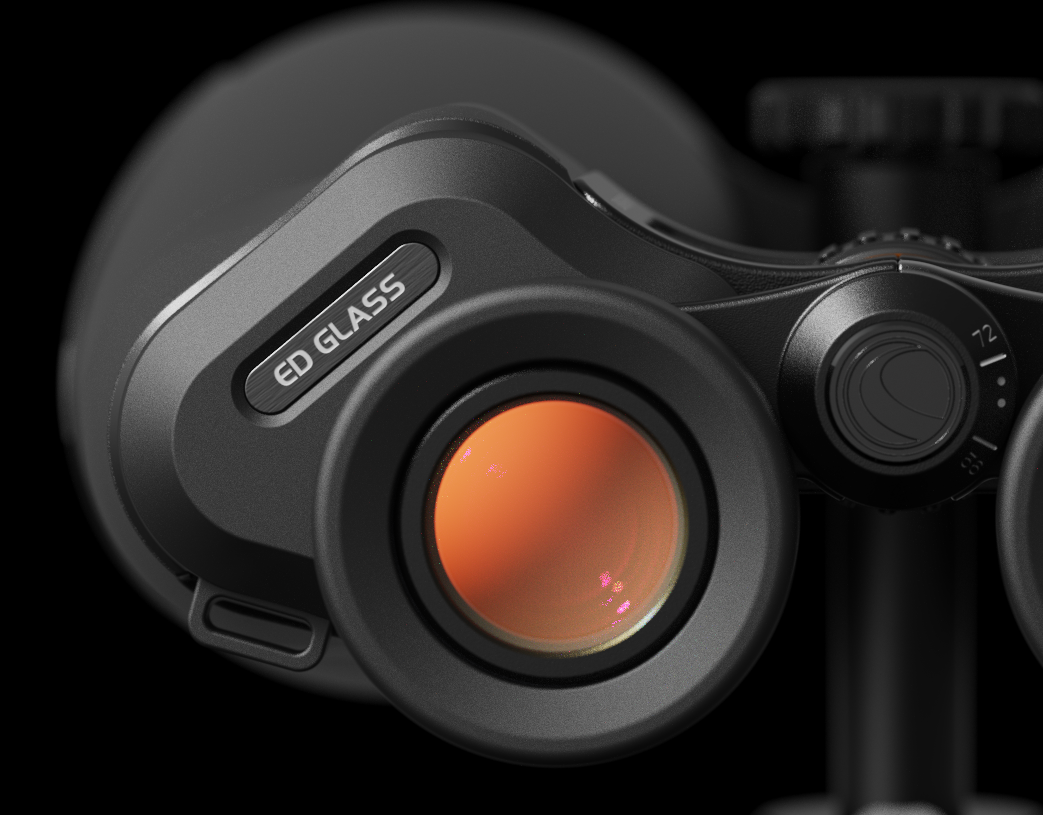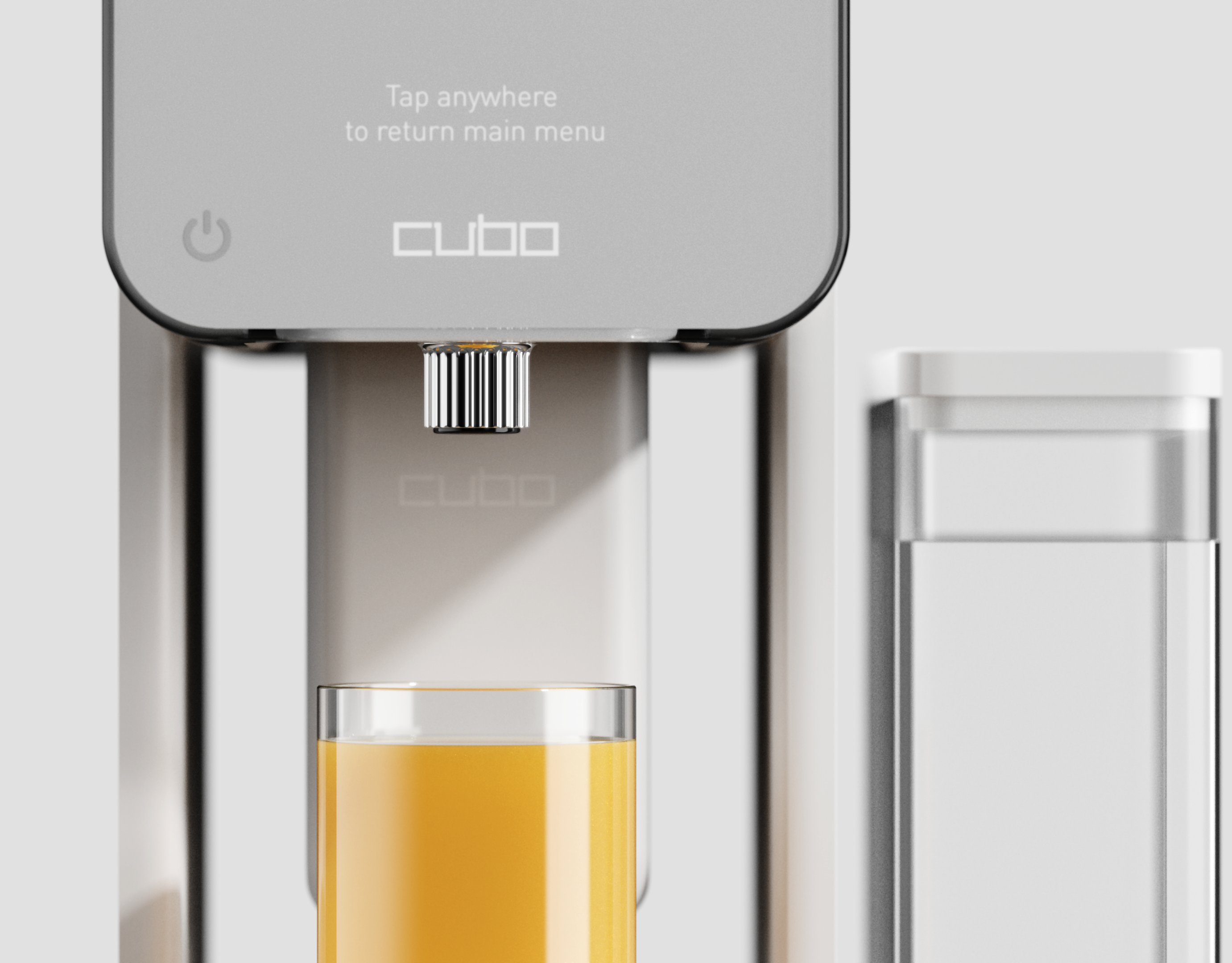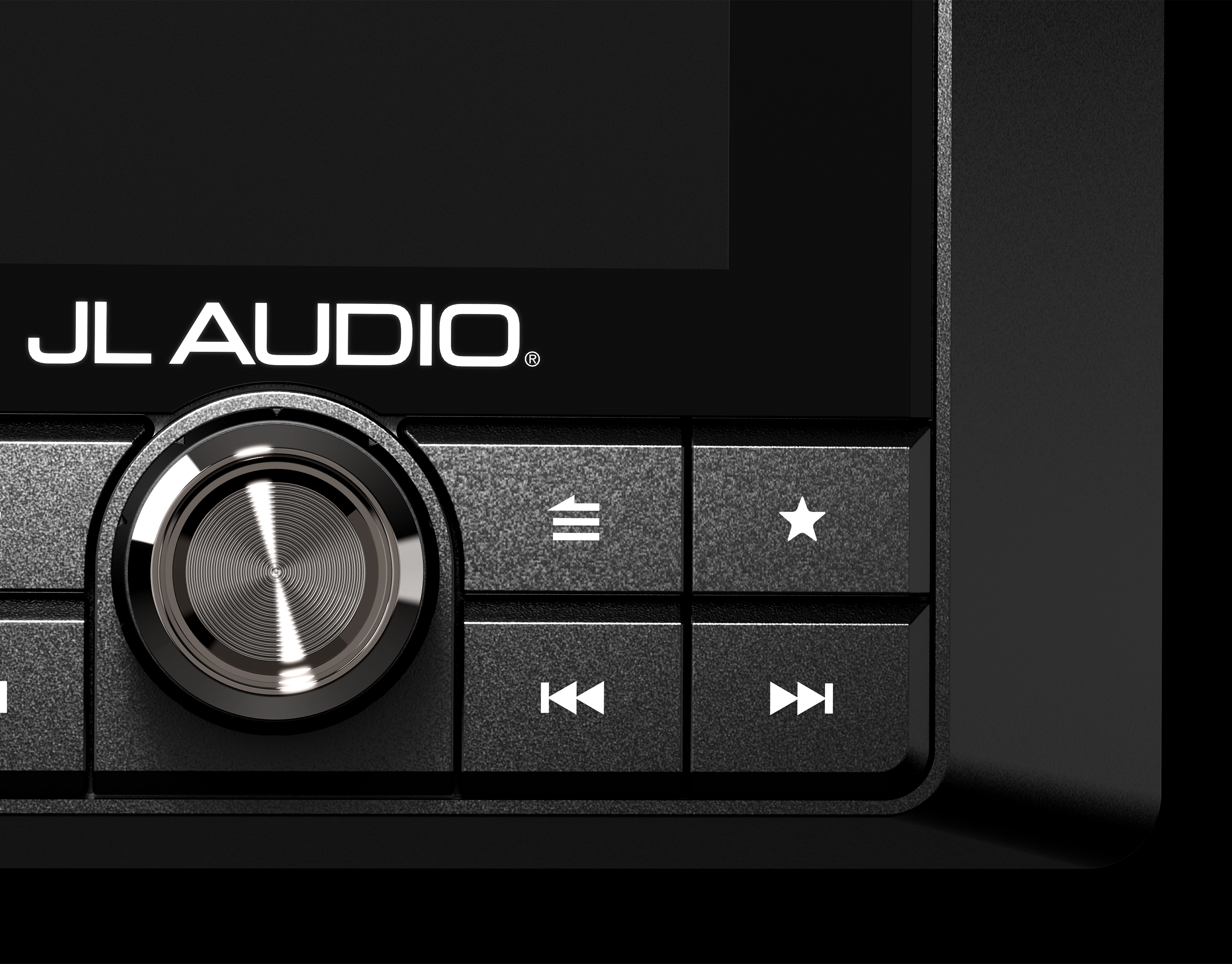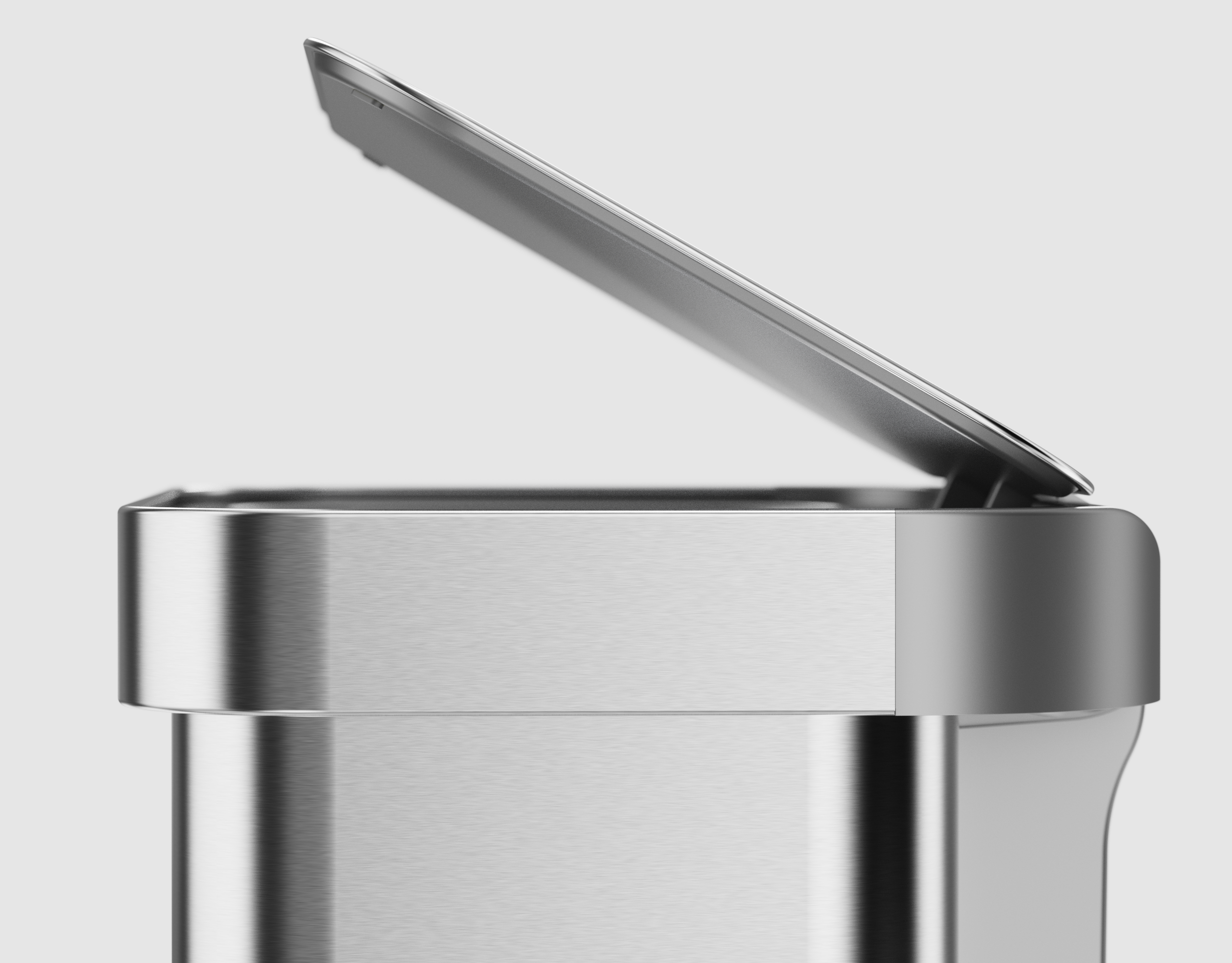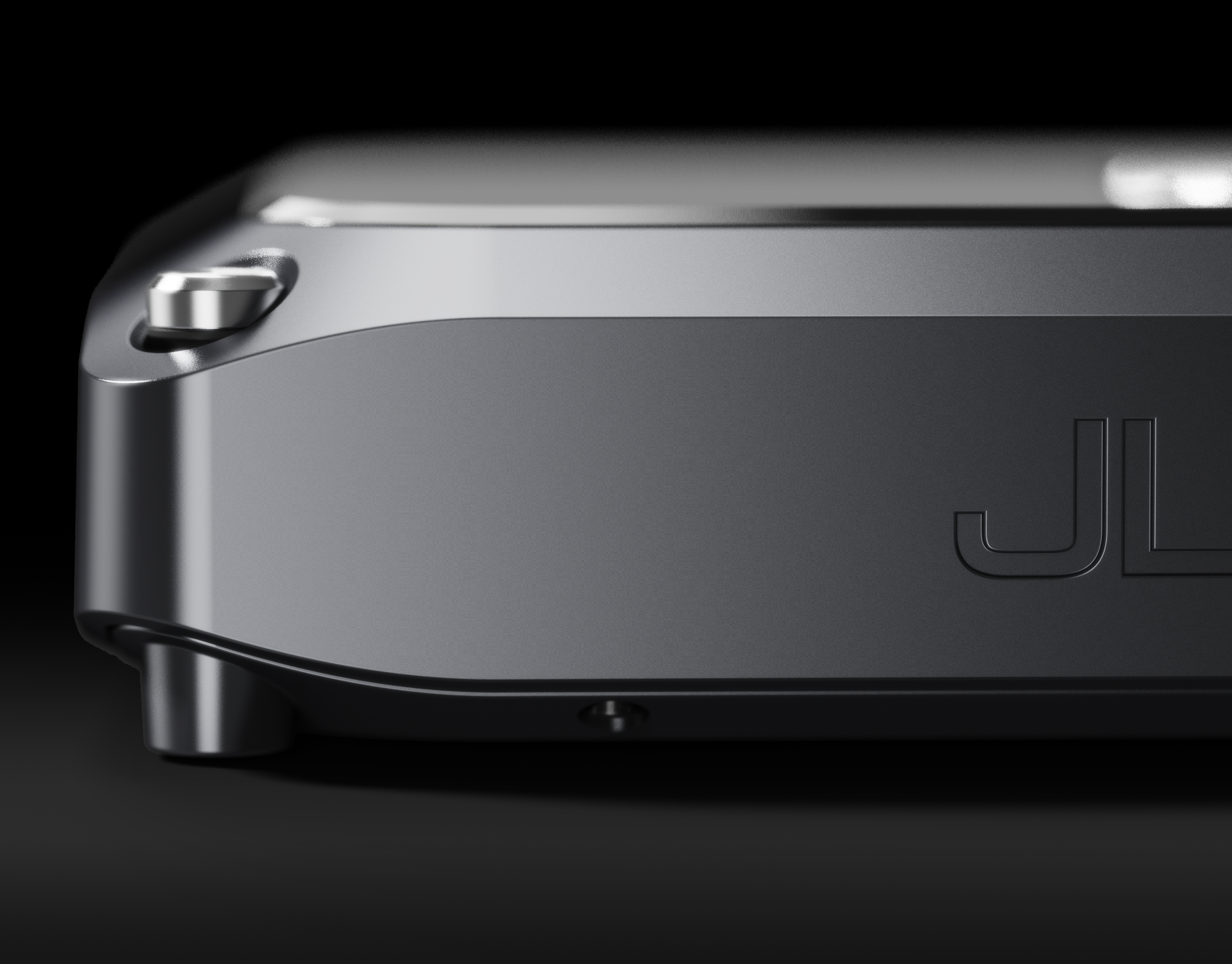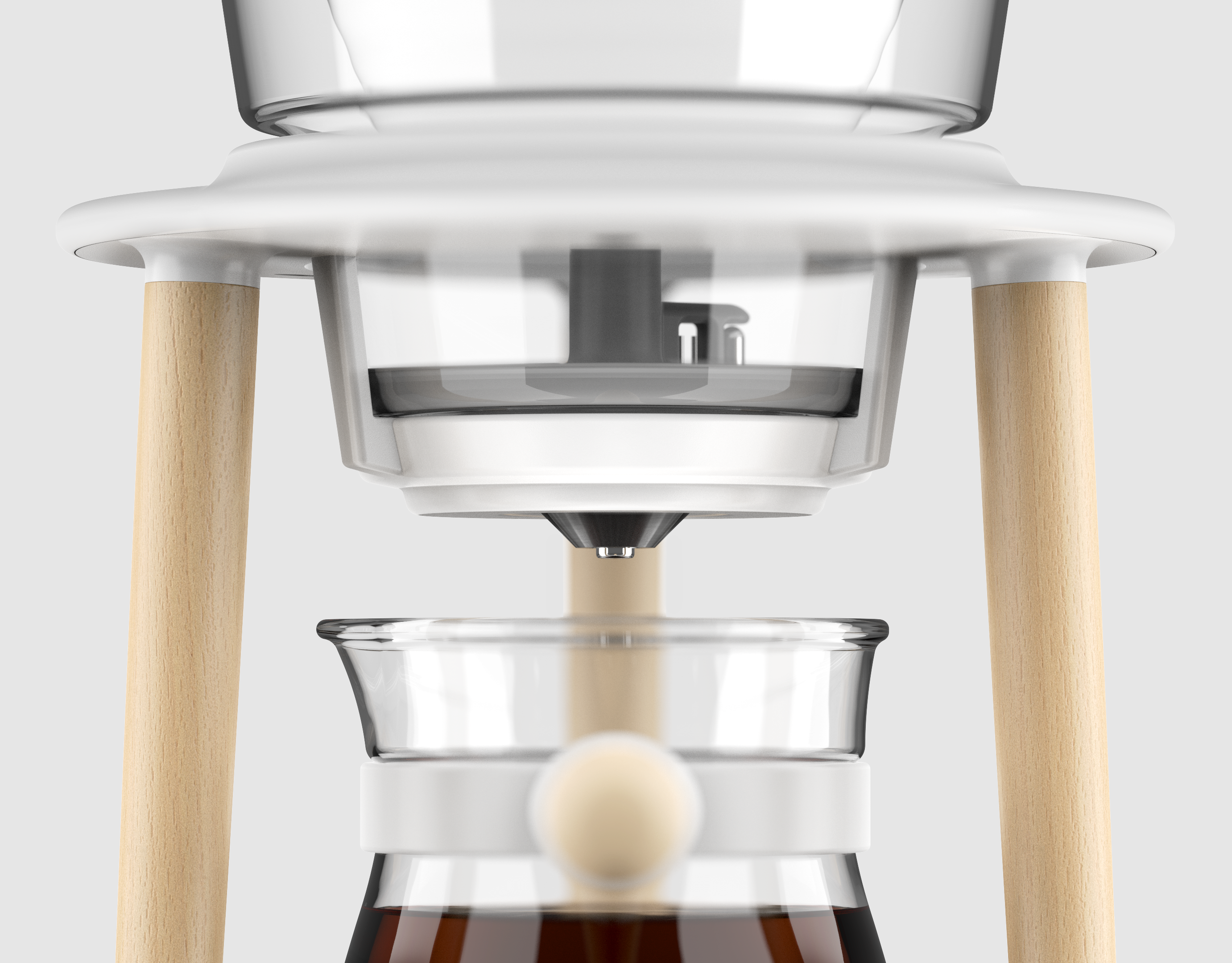Recognitions:
International Design Excellence Awards (IDEA) Finalist
International Design Excellence Awards (IDEA) Finalist
Good Design Award The Chicago Athenaeum Museum of Architecture and Design
The JBL VTX is JBL Professional’s flagship line-array speaker system. It is used in sound reinforcement applications that need the highest quality of sound, such as indoor and outdoor concert venues for touring acts and fixed installations such as music halls and stadiums. It is the highest profile product for JBL Professional, and is considered a trend setting product for the industry.
Professional products are considered work tools of the trade, rugged boxes that are frequently trucked from venue to venue. They are designed and engineered to be easily transported, rigged, adjusted, tuned and taken down. They must be designed to put up with massive abuse, as “Roadies” are not known for their gentle touch. At the same time, they also have to be minutely adjustable for optimum sound coverage. As part of our research, our design team received training at the JBL facility on how to “rig” an array of speakers. The design team also had hands-on experience working with rigging crews on several stadium set ups. We also interviewed sound reinforcement companies that purchase these systems for rental to venues, as well as buyers and industry insiders.
When Line array speakers are transported to a venue by truck, they are stacked as tightly as possible on dolly boards, pulled down, dragged across the truck and flipped onto the dolly board, which has casters. The design team analyzed the entire procedure, and revised the design to make the entire process easier, safer and with less impact on the boxes. We changed the design of the dolly board to facilitate easier attachment and detachment, we added hard plastic bumpers to the areas that took the most abuse from “dragging”, we added a gripping ledge on the sides so that when the boxes are tilted forward, you could grab onto a solid ledge, we covered the metal frame to prevent it from being scratched, and we optimized the design of the boxes to allow for a tighter “pack”.
As the boxes are moved to their rigging position, they are pushed, wheeled, dragged and lifted in various ways. We designed custom handles to optimize the way the riggers used the handles. Great emphasis was placed on ergonomics and hand clearances, as even a small amount of additional room gave the user much greater leverage. We also placed additional handles on the sides due to watching the way riggers moved the boxes. And we found that as the arrays are placed into position, sometimes the handles on the back were used as ladders so that the riggers could climb up the array to adjust the wiring, so we also took this into account when designing the handles.
As the boxes are placed into position, they are pinned together based upon mathematical calculations used to determine optimum acoustic angles. These angles must be carefully held, since making just one error in pining will throw off the entire array angle and negate the calculations. To assist the riggers, nomenclature is screened onto the inside surface of the pin anchors to allow for precise pin placement. We also refined the pin holes to allow for additional angles that the speakers may be set at. The actual method of how the boxes attach together was redesigned, not only to refine the system but to give the system a more state of the art look.
When speakers are arrayed at a venue, they must not call undue attention to themselves. High power spotlights are frequently used, and if there are any bare metal reflections on the speakers they will “flash” the audience. To prevent this, we covered the metal rigging frame with molded plastic covers, which also protected the frame during transport, blacked out the JBL logo, and utilized a monochromatic black scheme to make the speakers “invisible” at a distance. However, up close, we utilized refined details, textures and shapes to give the product a sophisticated look that reflected the technology and innovation that was required by the design team.
Part of the design language that was developed for VTX dictates that all design on the boxes be functional and purposeful, and that there be no “decorative” elements. No compromise in acoustics nor functionality would be acceptable, to reflect the brands’ emphasis on engineering excellence. The VTXs, were, however, designed to reflect the technology, innovation and heritage of JBL professional, as well as express the brand as the market leader in cutting edge technology.

